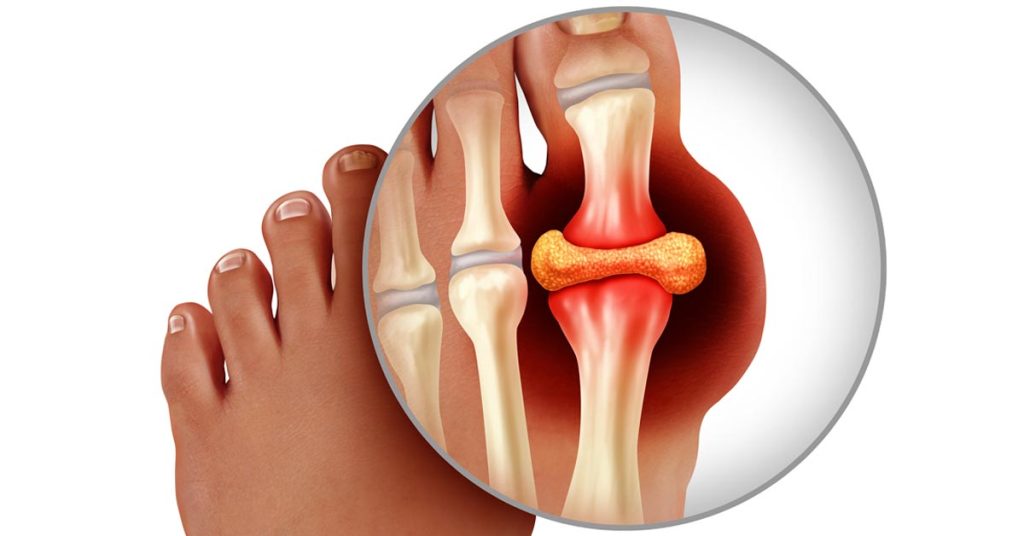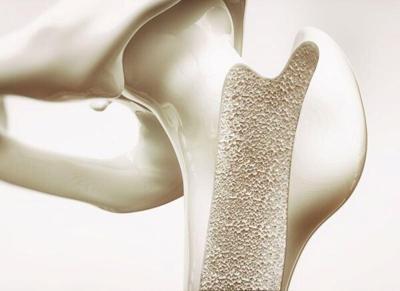Melatonin and reduction in risk of youth Self harm.
Researchers examined how melatonin consumption affected children’s and teenagers’ self-harm. They discovered that melatonin consumption reduced self-harm in children and adolescents. Particularly in adolescent girls who were depressed and anxious.

These findings and the potential advantages of melatonin for mental health and wellbeing require further research to be confirmed. Young people frequently experience sleep difficulties including insomnia, particularly those who have psychiatric issues.
Some estimates place the number of young people who self-harm at roughly 17%. There aren’t many treatments for the disease among young people that have empirical backing right now.
According to a recent meta-analysis, addressing the root reasons of self-harm may lower its prevalence. Hence, some have proposed that correcting sleep issues may lower the frequency of self-harm.
Melatonin is the most frequently prescribed medication in Sweden for treating sleep disorders in kids and teenagers. A hormone that occurs naturally, melatonin supports a healthy sleep-wake cycle as well as other biological functions.
Treatment options for the habit might be improved by learning more about how melatonin influences self-harm in children and teenagers. Recently, researchers looked at the risk of self-harm and unintentional injuries in young people with and without psychiatric problems before and after melatonin administration.
They discovered that taking melatonin was associated with lower rates of self-harm, particularly among adolescent girls who were depressed and anxious. Journal of Child Psychology and Psychiatry published the paper.
Why Do Young People Self Harm?
There are several reasons why kids and teenagers self-harm. A traumatic event, like abuse, or a mental illness, like anxiety or depression, are frequently to blame.
Youth who self-harm may also be unable to articulate their emotions or feel like they have no control over their lives. Self-harm is not a healthy behaviour and should be seen as a cry for help rather than a coping mechanism for uncomfortable emotions.
It’s possible that kids and teenagers have trouble expressing their emotions. You can encourage kids to start talking about what’s going on in their lives by paying attention to what they are saying and doing.
Decreased risk of self-harm with melatonin
For the study, the researchers analyzed public healthcare data from 25,575 youths in Sweden who began melatonin treatment between ages 6 and 18.
The children and adolescents were followed for a year prior to melatonin prescription and a year following. They began treatment at an average of age 13 years old, and most commonly initiated treatment in November. Treatment lasted for an average of 6.4 months.
The researchers found that 87.2% of melatonin users received at least one psychiatric diagnosis by age 18. Over 50% received an ADHD diagnosis. Self-harm was around five times more common in girls than boys.
In the end, the researchers found that melatonin use decreased the risk of self-harm by 42% and poisoning risk by 41%. Effects were especially prevalent among girls and adolescents with depression and or anxiety.
They noted, however, that melatonin use did not decrease rates of bodily injuries, falls, or transport accident rates.
Limitations
Even though he was not engaged in the study, Dr. Lokesh Shahani, an associate professor of psychiatry at UTHealth Houston’s McGovern Medical School, commented:
“Some cases were overlooked since the study employed a national registration to obtain patient diagnosis, prescription, and death records. Moreover, no research was done in this city on the impact of various sleep aids on suicidal behaviour.
As several of the study participants also took antidepressants, Dr. McGrath continued, it’s probable that their use had an impact on the study’s findings.
Dr. Johnson-Arbor cautioned that the findings might not be applicable to other nations. Where melatonin is sold as a dietary supplement rather than a prescription, is less strictly regulated. This may be tainted with other drugs.
How melatonin may help mental health?
Dr. Kelly Johnson-Arbor, a medical toxicologist, co-medical director, and interim executive director of the National Capital Poison Center who was not involved in the study, responded to a question on how melatonin can decrease self-harm in young people by saying:
Melatonin, a hormone naturally produced by the brain, aids in controlling circadian rhythm and sleep-wake cycles. Young persons with psychiatric disorders frequently experience sleep disruptions, and childhood emotional and behavioural problems have also been linked to sleep issues.
It’s feasible that changes in sleep quality will lead to gains in emotional stability and behavioural control given that sleep issues can affect mood and conduct, said Kelly Johnson-Arbor, M.D.
Because of this, she explained, the authors of the study “sought to explore if management of the sleep cycle, through the use of melatonin, might potentially help avoid self-harm, body injuries, and falls in young individuals between the age of 6 and 18 years old.”
Melatonin during puberty
Depending on the animal species, melatonin administration was found to either hasten or postpone the onset of puberty in animal studies. Gonadotropin-releasing hormone, which controls puberty in humans, is produced by the brain. It may be altered by melatonin treatment, according to Dr. Johnston-Arbor.
“The development of female reproductive organs may be affected by melatonin as well. Yet, numerous human trials including kids who received melatonin for extended periods of time did not reveal any negative impacts on puberty, she continued.
Dr. Michael J. McGrath, a board-certified psychiatrist and medical director of The Ohana Luxury Alcohol Rehab who was also not engaged in the study, responded when asked the same question by saying:
Melatonin should be used with caution in prepubescent children because there is conflicting information and no conclusive evidence linking it to changes in the timing of puberty.
Melatonin dosage recommendations are still unclear.
The results “suggest that children with sleep disorders may experience additional benefits, other than sleep control, after the use of melatonin,” Dr. Johnson-Arbor stated in response to a question regarding the study’s implications.
“More studies are needed to confirm the appropriate amount and duration of usage of melatonin needed to achieve the effects discovered in this analysis,” she said. “This study’s results may not generalise to other populations, and these findings warrant further exploration.”
REFERENCES:
- https://www.medicalnewstoday.com/articles/sleep-aids-melatonin-linked-to-reduced-risk-of-self-harm-in-youth
- https://www.laboratoryequipment.com/595601-Melatonin-Linked-to-Decreased-Self-harm-in-Young-People/
- https://www.boldsky.com/health/melatonin-reduce-risk-of-self-harm-in-youth-145314.html
For more details, kindly visit below.








